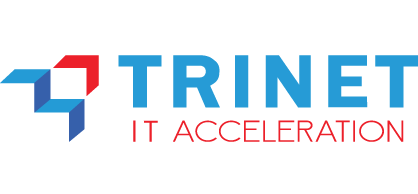Tech Innovation > Security > Data Rights Management (DRM) & Secure Content Communications

Data Rights Management (DRM) & Secure Content Communications
Without this solution, organizations face the following challenges:
Data Leaks & Unauthorized Access
Business-critical information can be accessed by unauthorized parties.
Loss of Control Over Sensitive Documents
Files shared outside the company cannot be tracked or restricted in usage.
Compliance & Regulatory Violations
Failure to meet compliance standards such as ISO 27001, GDPR, PCI DSS, or data privacy laws (PDP) leads to legal risks.
Insider Threats & Data Misuse Risks
Employees or business partners may misuse their access to sensitive information.
Contact our experts for further information












